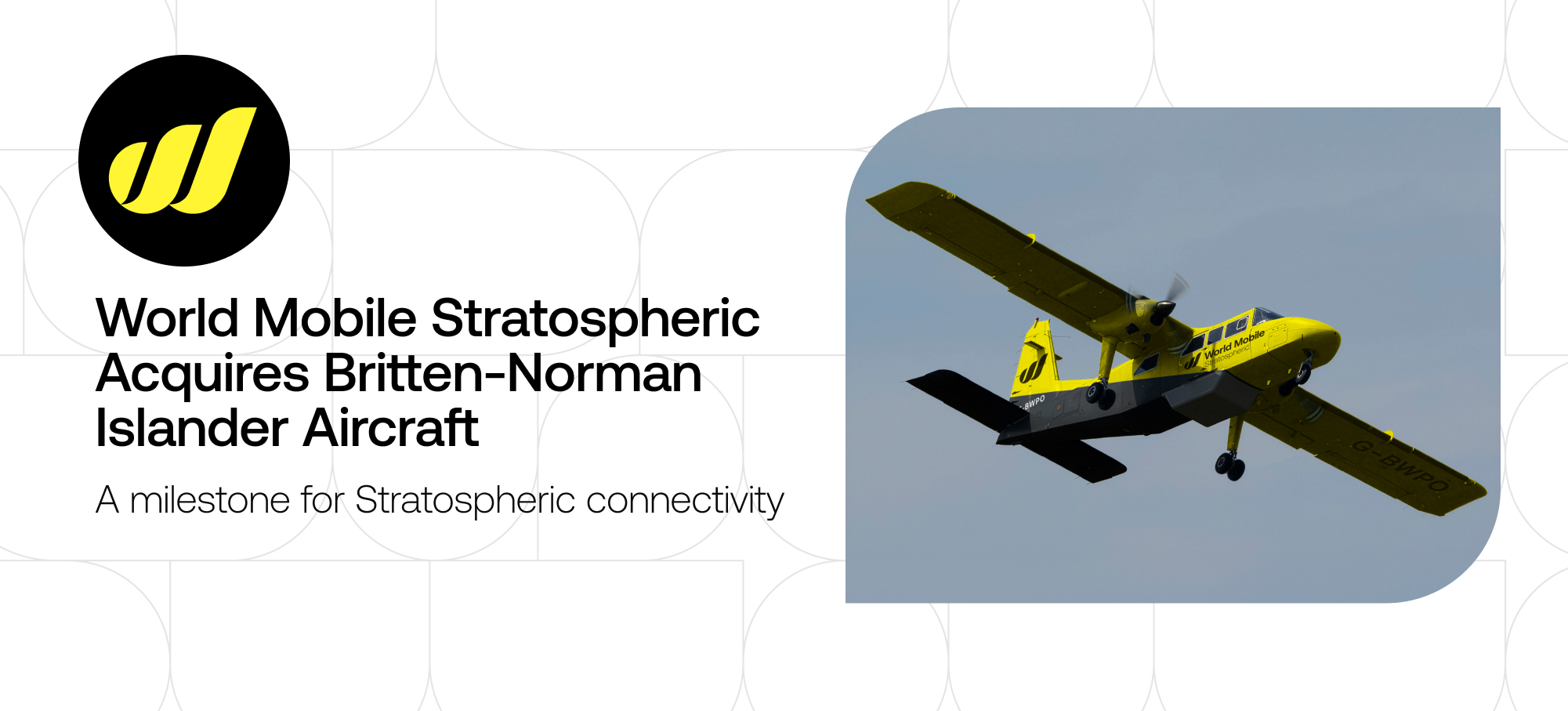A connected world should include everyone. Yet, over 3 billion people still live without consistent internet access. That isn’t a gap. It’s a barrier - and it holds entire communities back from progress. At World Mobile, we’re taking a new approach to remove it for good.
Connectivity That Adapts to Reality
Traditional telecoms rely heavily on rigid infrastructure. Their reach often stops where profits dip or terrain gets difficult. Laying fiber in remote regions is expensive, slow, and fragile. That model was never built to serve the whole world.
We’re building something different.
Our decentralized physical infrastructure network (DePIN) uses a flexible, layered system designed to meet people where they are. Instead of forcing fiber everywhere, we integrate a wide range of technologies - from satellite backhaul to microwave, free space optics, and fiber.
This layered strategy makes our network more resilient, more adaptable, and far more scalable. It’s how we bring people online in areas legacy providers have ignored.
The Aerostat Advantage
One of the most effective tools in our arsenal is the aerostat - a tethered balloon system that can deliver mobile coverage across a 70-kilometer radius. In Mozambique, a single launch replaced the need for 12 traditional base stations.
That’s not a theory. That’s field-tested impact.
Aerostats help us leap over the obstacles of conventional infrastructure. They extend our reach into areas where trenching fiber or constructing towers would cost too much or take too long. And when paired with a reliable backhaul link, they become a powerful way to connect the unconnected.
Last-Mile Power with Local Impact
The last mile is where many networks fall short. Our access layer fills that gap. Small, low-power nodes bring reliable voice, text, and data service to people on the ground. This isn’t about top-down control. It’s about locally deployed tools that communities can manage and benefit from directly.
These access points link back into the broader network through the Internode API, tying local connectivity to a global, decentralized system. That’s how we create consistency without compromising autonomy.
Breaking the Backhaul Bottleneck
One of the biggest challenges in any network is the backhaul - the link between access points and the core. We’ve built a model that avoids single points of failure by combining multiple technologies. Fiber. Microwave. Satellite. Free space optics. All working together, chosen for the specific environment, not out of convenience.
This hybrid approach gives us the agility to build in places where traditional telecoms stalled out. It also means we can scale without waiting on billion-dollar infrastructure projects to catch up.
A Movement to Reshape Infrastructure
Our mission goes beyond expanding coverage. We’re building an entirely new way to power global connectivity - decentralized, cost-effective, and designed for real-world use.
What we’ve built in places like Zanzibar and Mozambique is proof that this model works. What comes next is scale.
Reclaim the Future
A decentralized network is an active, growing system that puts power in the hands of people - not just to connect, but to participate.
We believe infrastructure should work for everyone. That belief drives everything we do. And now, we’re inviting the world to build with us.
The connected future is not a possibility. It’s already in motion. Join the movement.
.png)



